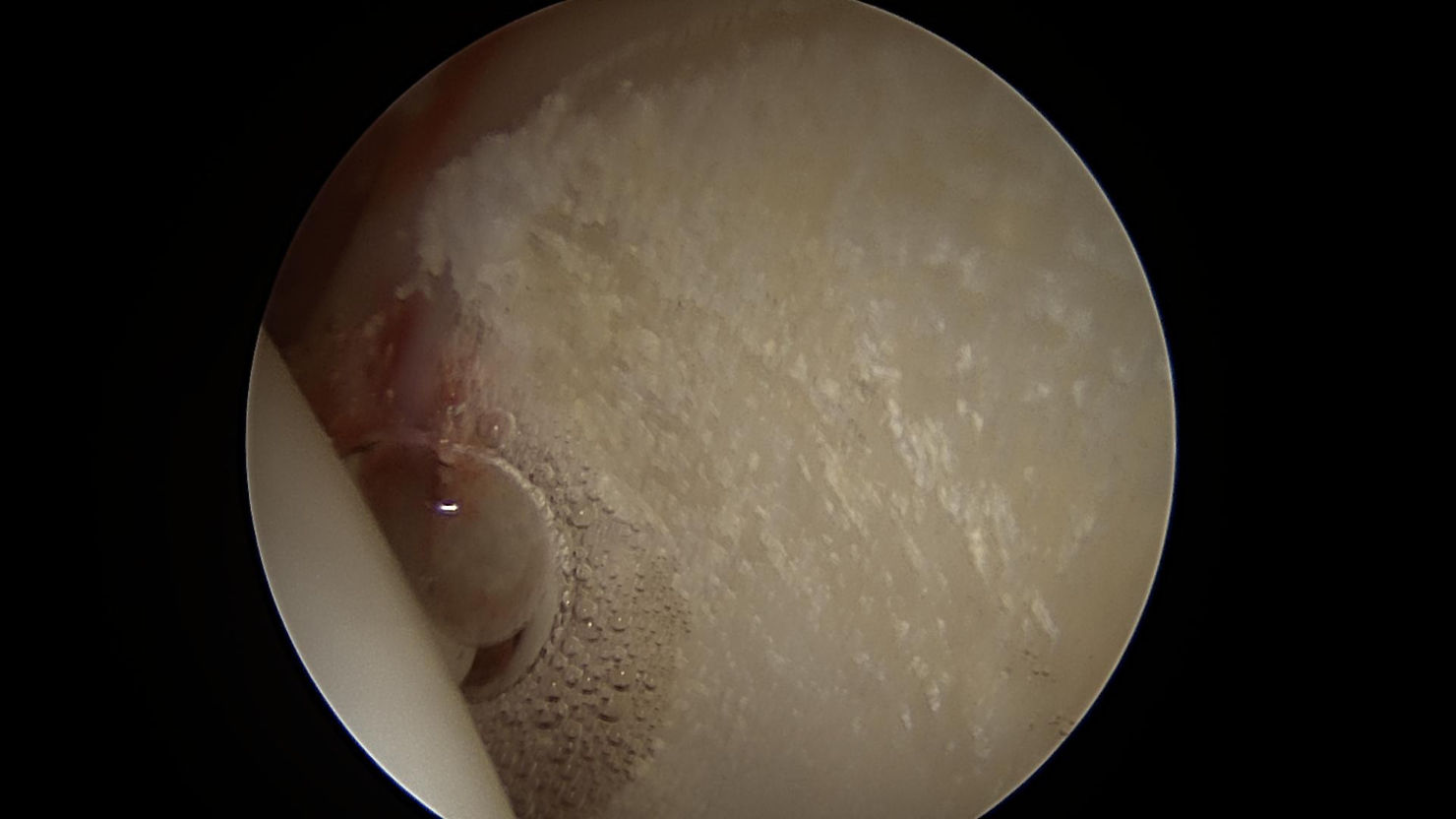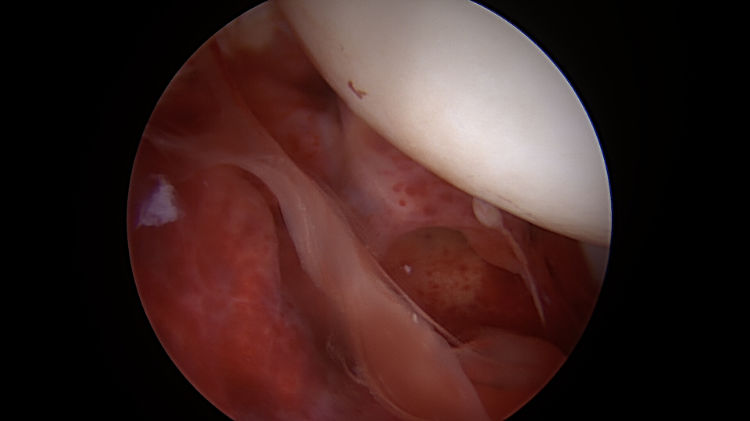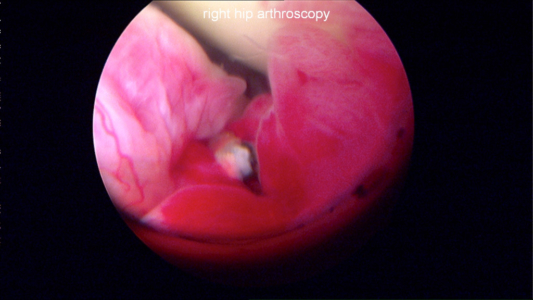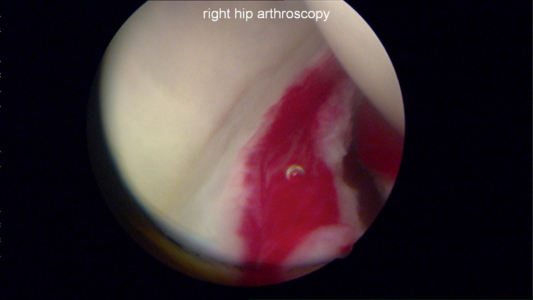Synovitis is defined as inflammation of the synovial membrane. The synovial membrane, also known as the synovium, is the inner lining of the joint capsule, which secretes the synovial fluid. Synovium has a normal function in all joints of the human body. Inflammation of the synovium leads to hypertrophy (thickened tissue), increased vascularity (blood flow to the area), and increased fluid production, resulting in joint pain, tenderness, and swelling.
Office Appointments and Telemedicine with Dr. Carreira

You can also book an office appointment or a telemedicine visit by calling Dr. Carreira’s office at 404-355-0743. Book now.
What are the Symptoms of Synovitis?
Synovitis may cause pain regardless of activity levels, including at nighttime. Synovitis is typically associated with other forms of structural damage in the hip joint, such as labrum tears, articular cartilage damage, and ligamentum teres tears. At the time of surgery, the synovitis may be removed, typically as part of other forms of treatment to the joint, such as labrum repairs, ligamentum teres debridements, and articular cartilage treatments, such cartilage shaving, smoothing, or microfracture.
In some cases, the synovitis itself may be the cause of joint damage and be the main cause of joint pain and dysfunction. Diseases of the synovium, such as a number of rheumatologic diseases including rheumatoid arthritis and Systemic Lupus Erythematosus, cause injury to the joint are immune mediated. Systemic diseases such as these are best treated with medications that treat all joints, but orthopedic intervention may be necessary when specific joints are involved and have caused inflammation and damage.
Treating Synovitis
Injections of the joint, and especially with steroids, are known to decrease inflammation and synovitis in joints. The effect of these steroid injections is limited over the long term in most cases. When injections do help in relieving pain, the length of relief averages several weeks. However, there are rare circumstances in which patients get relief for a very short time, or potentially months or years.
The Multicenter Arthroscopy Study of the Hip (MASH) is looking at the role of synovitis in the outcomes of patients undergoing hip arthroscopy. The medical surgeons in the MASH Study Group are defining the extent of synovitis and seeing how outcomes are related to it, while controlling for other joint injuries.
Pseudogout of the Hip

In this picture of the hip, captured at the time of arthroscopy, pseudogout is noted. The crystals that appear to be stuck on the cartilage are the abnormal calcifications. The treatment in this case is to remove as much of the synovium as possible. In this case, the patient was referred to a rheumatologist for further care. Pseudogout causes a significant response of synovitis.
Photos of Synovitis
Photo of High Grade Synovitis

High grade synovitis noted in the pulvinar of the hip joint, as noted during a hip arthroscopy procedure.





